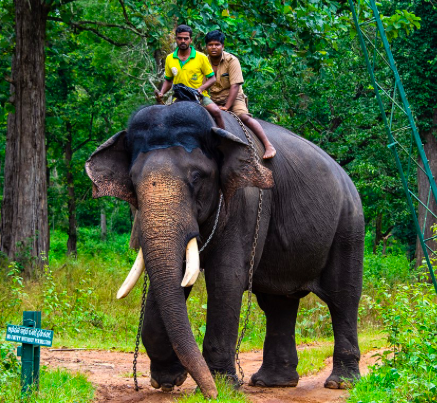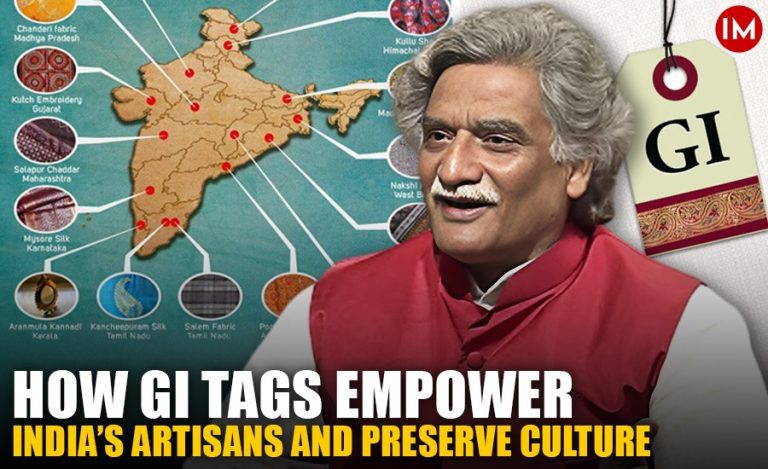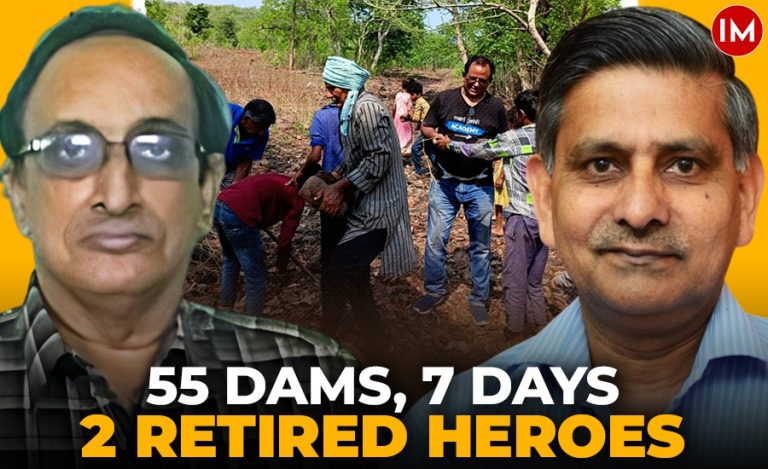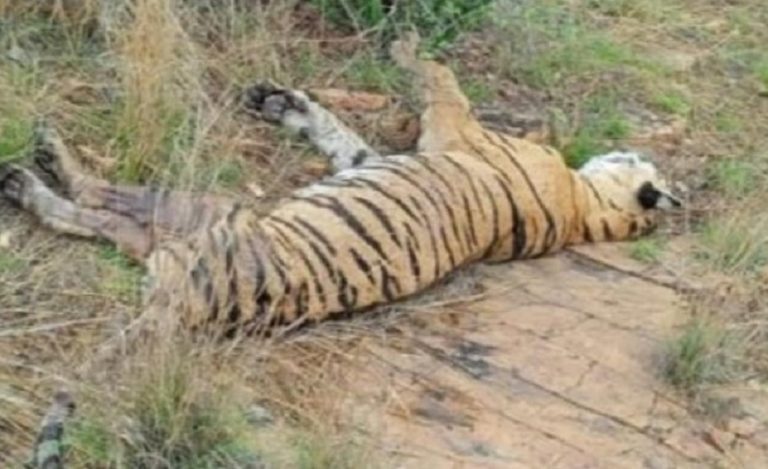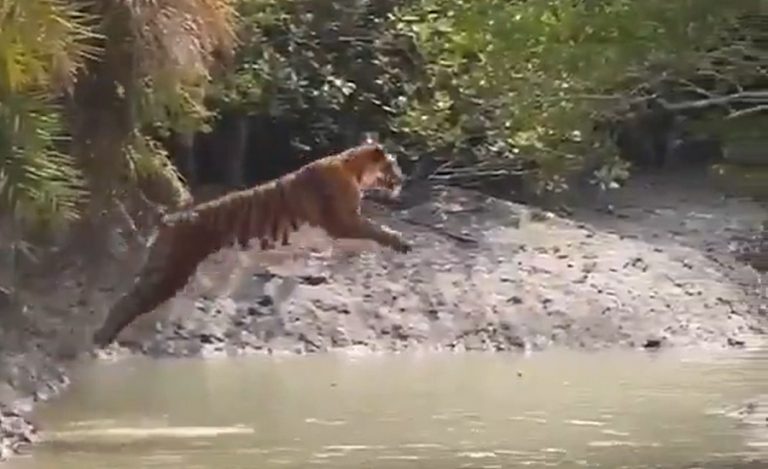Named after the Mahabharata warrior, the elephant ‘Arjuna’ of Karnataka died in a tragic accident during a wild elephant capture operation. Arjuna was one of the beloved tuskers in the state who used to carry the heavy golden howdah of Goddess Chamundeshwari during the Mysore Dasara,
Naturally, his death has sparked questions around the protocols for a capture-operation, and also the extent of human-animal conflicts in the state. This has led to the state forest department forming a team to create fresh SOP for capture of wild elephants.
Speaking to Indian Masterminds, senior IFS officer and Field Director of Bandipur Tiger Reserve, Dr. Ramesh Kumar P, dwelt on the safety concerns needed to be kept in mind while going for a wild elephant capture operation.
FRESH PROTOCOLS
Dr. Ramesh is part of the team who is working on the SOP. He explained, “The guidelines are already in place to handle any conflict cases. However, we are now making fresh protocols to capture the wild elephants, reflecting the SOPs that are in place for tiger capture. Having said that, making on-field decision is different than paper. There, the role of supervising officer and the experience of the mahavat become very important.”
He further informed that for any capture operation, a vet must be on the team. The vet is the one who sometimes shoot the dart, but the decision has to be taken by the forest officer. If the coordination is right, then the operation is successful. However, he added that there are no rules and protocols for the jungle, decisions are made with one’s understanding and experiences.
This was not Arjuna’s first operation. He was one of the best Kumki elephants in the state and was part of such operations since 13-14 years. He even travelled to Maharashtra for capture operations.
CAPTURE IS LAST RESORT
He also pointed out that human and animal interactions are very common and natural. Every day, elephants raid the crops in the fields near the fringe areas. Compensations are given to the farmers for the crop loss. The decision to capture any animal, be it elephant or tiger, is made only when there is a loss of life.
The operation in Chikamangaluru, in which Arjuna died, was to capture a wild elephant. “We have to strike a balance between humans and animals. In the end, the department agrees that human life is more precious. The decision to capture any animal is not taken in haste. The Chief Warden takes the decision based on the field input, and it is the last resort,” Dr. Ramesh said.
PROBLEM OF PLENTY?
Last year, Karnataka became number one in the country with 6399 elephants and celebrated it as the victory of conservation. Not only elephants but the state has seen growth in the numbers of tiger and leopard, too. These numbers are indeed the marker to view the fruits of conservation efforts. There are concerns that this will lead to increased human-animal conflicts. However, that is not the only truth.
“Take the tigers. If they have enough territory and prey base, why would they travel towards human population? Similarly, from out of six thousand, only 70-100 elephants are rogue, and that too in areas like Sakaleshapura which doesn’t have a link to the forest. They tend to enter the farm lands via fringe areas. So, it is not always correct to say that increased population lead to increased conflicts,” Dr. Ramesh explained.
It may be noted that the forest department has already been making efforts in constructing elephant proof trenches, solar fencing and barricades to keep the animals from entering the farms. Since elephants are intelligent and big, so they sometimes are able to cross over those. “One method won’t work, so we should combine all those together to keep them and us safe,” the officer said.
Dr. Ramesh also said that there is a need to prepare more elephants like Arjuna. “It takes years to get an elephant like him. We should train more elephants like him so that they are also not over-worked,” he said in conclusion.

